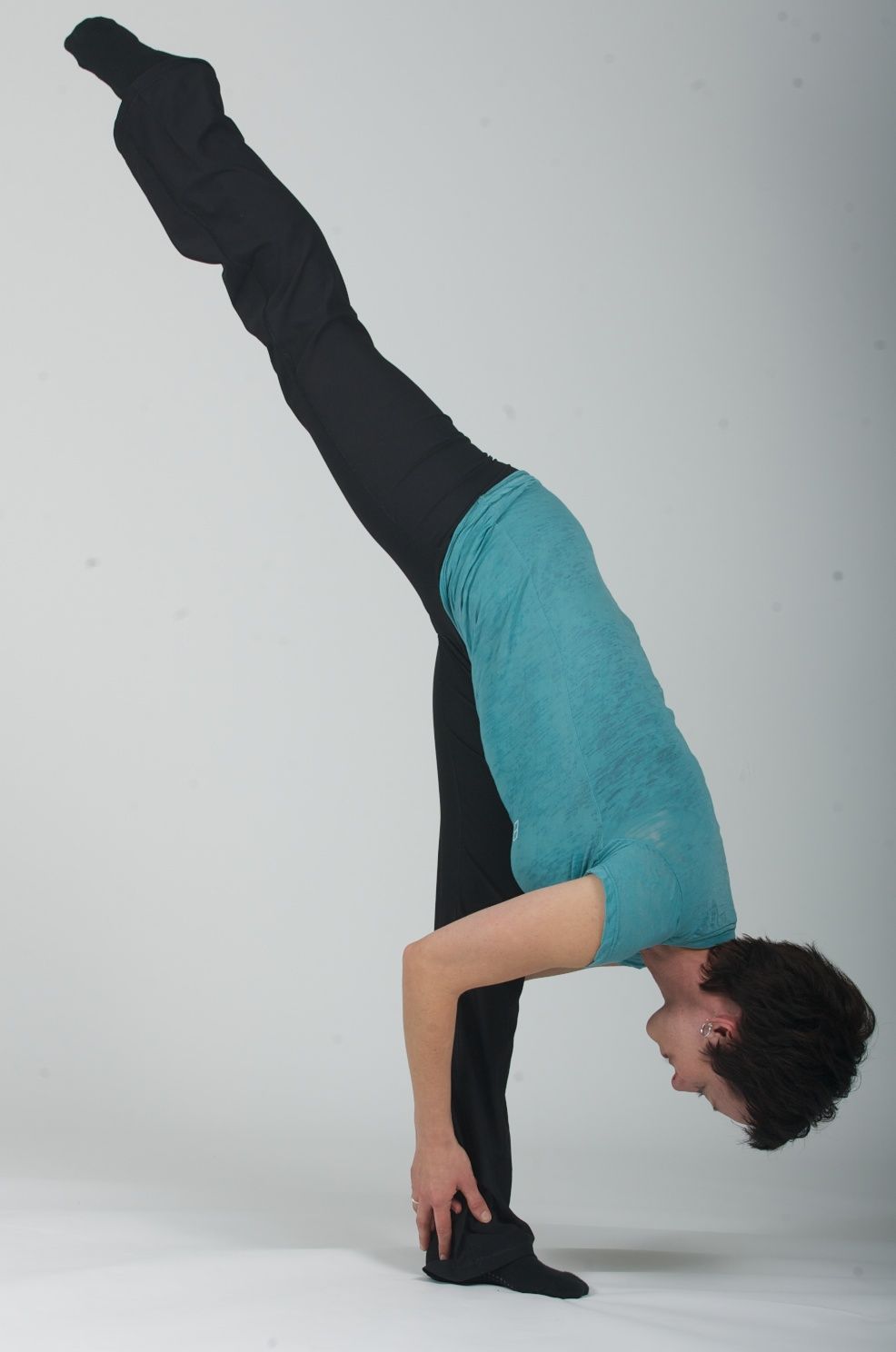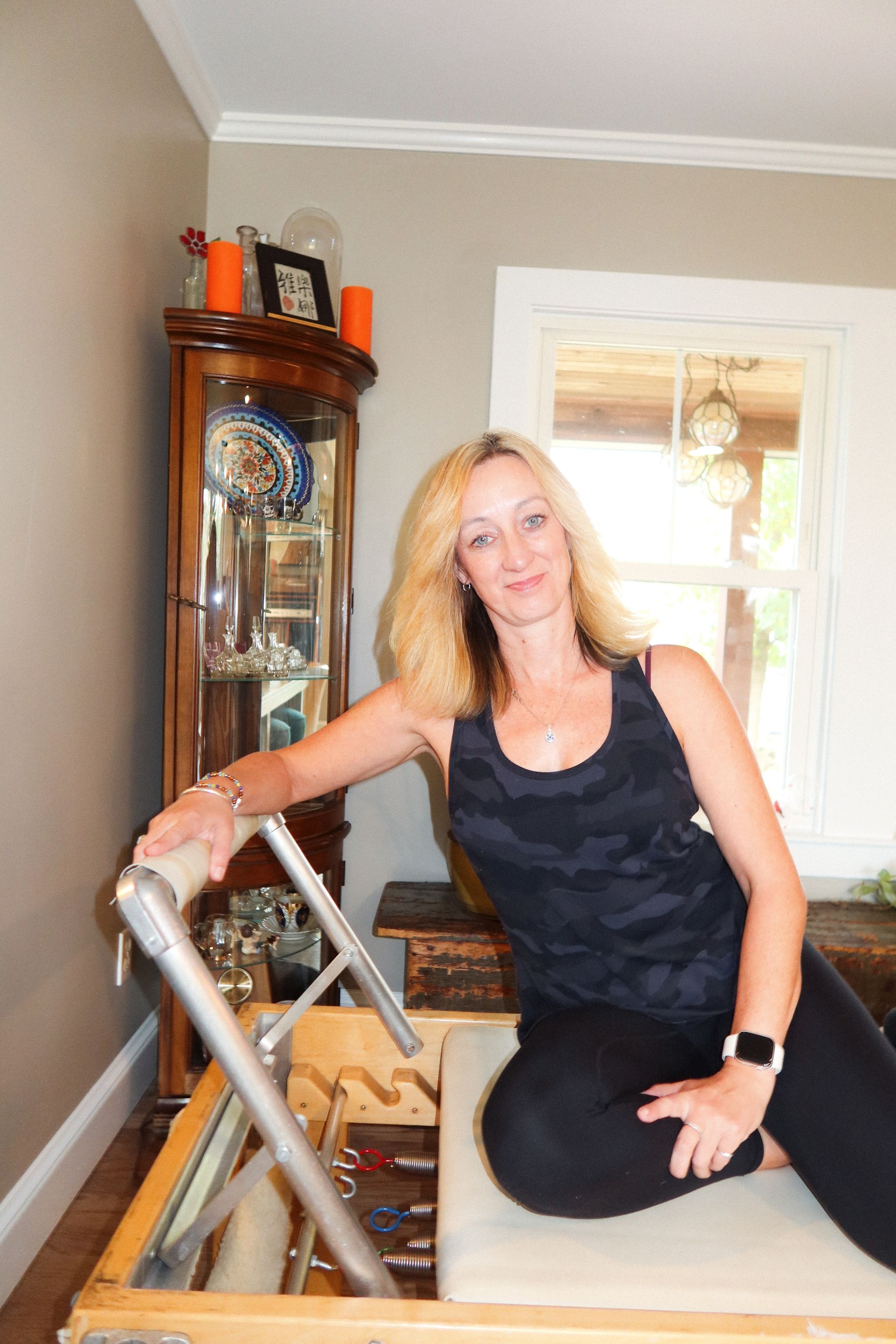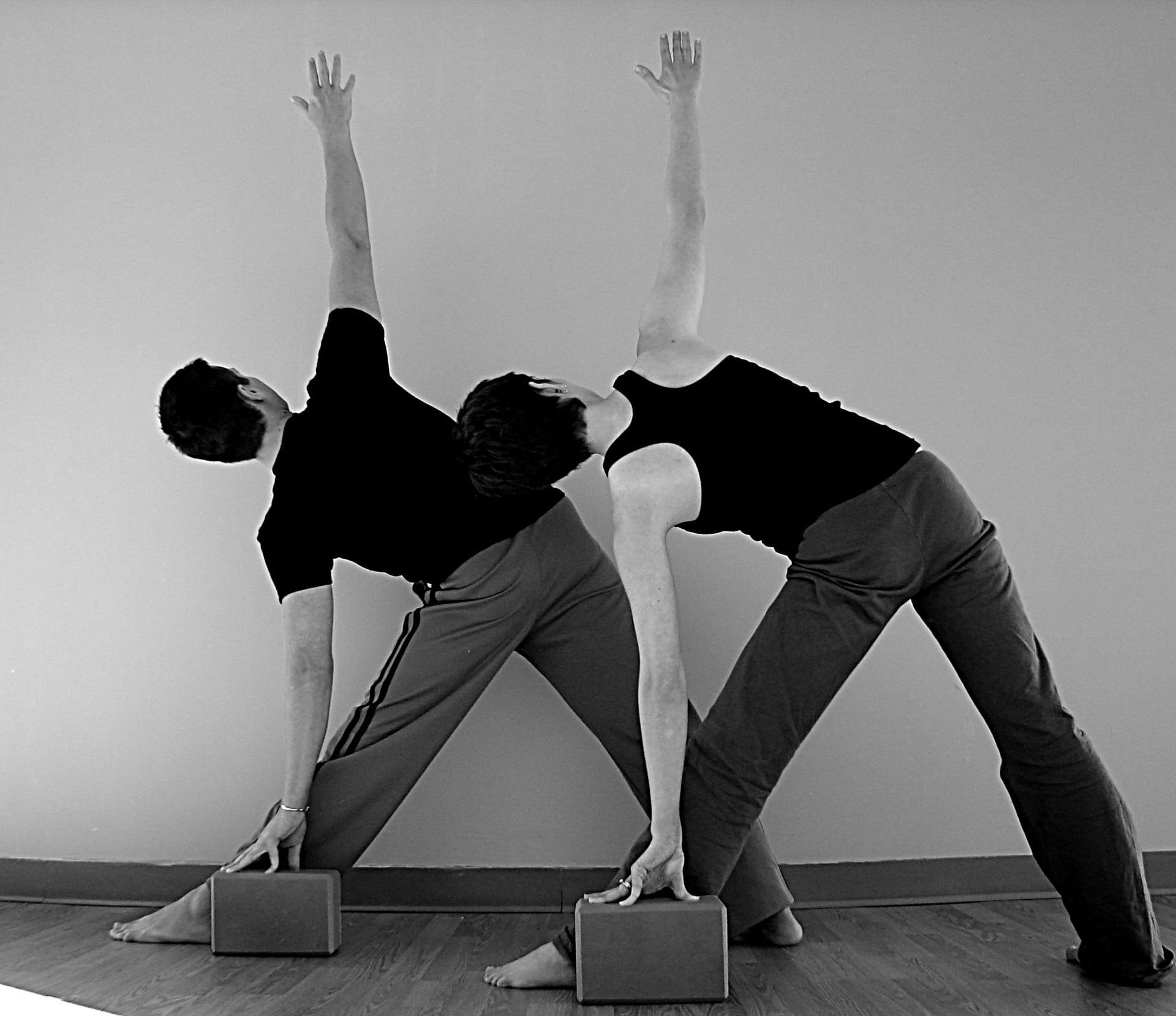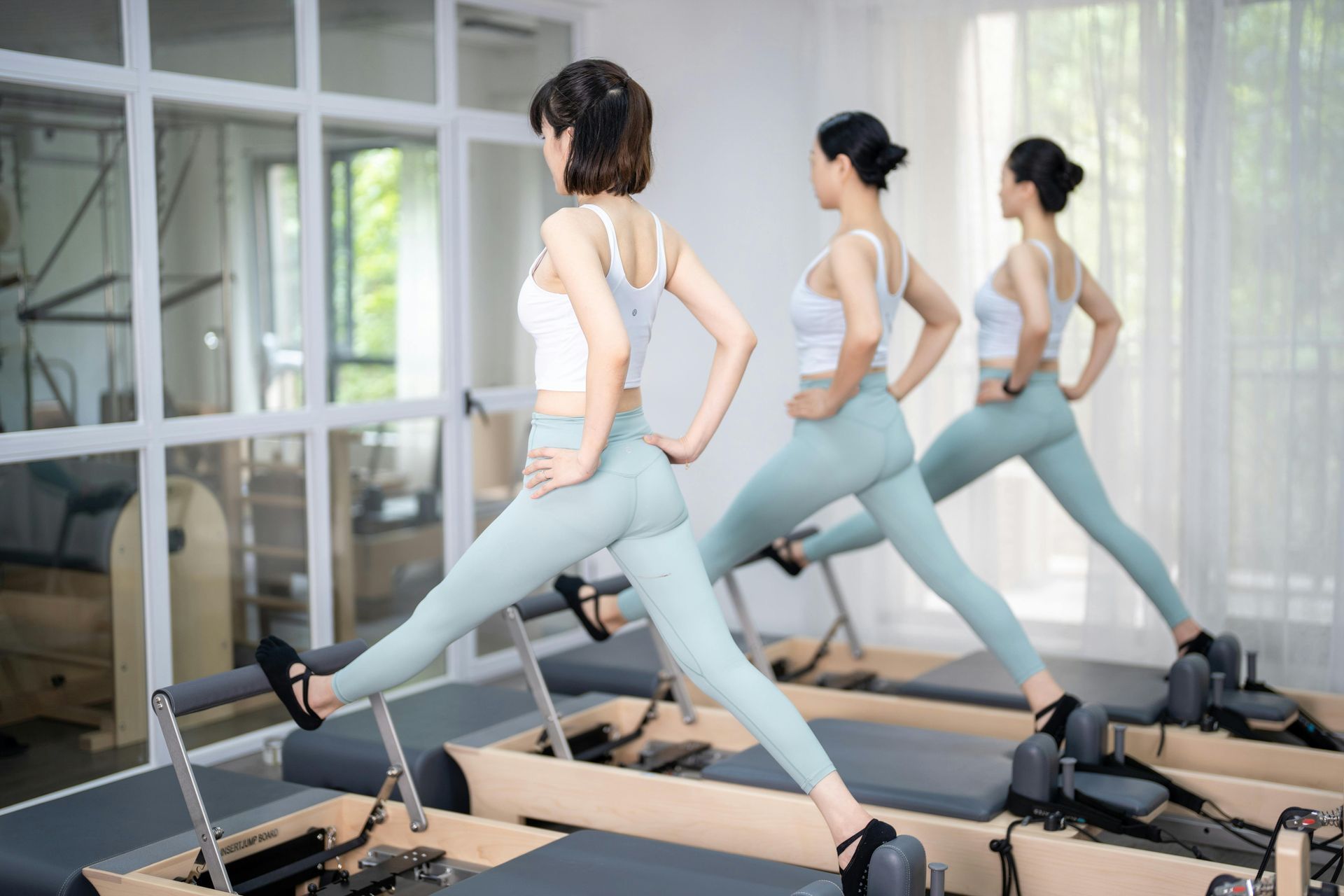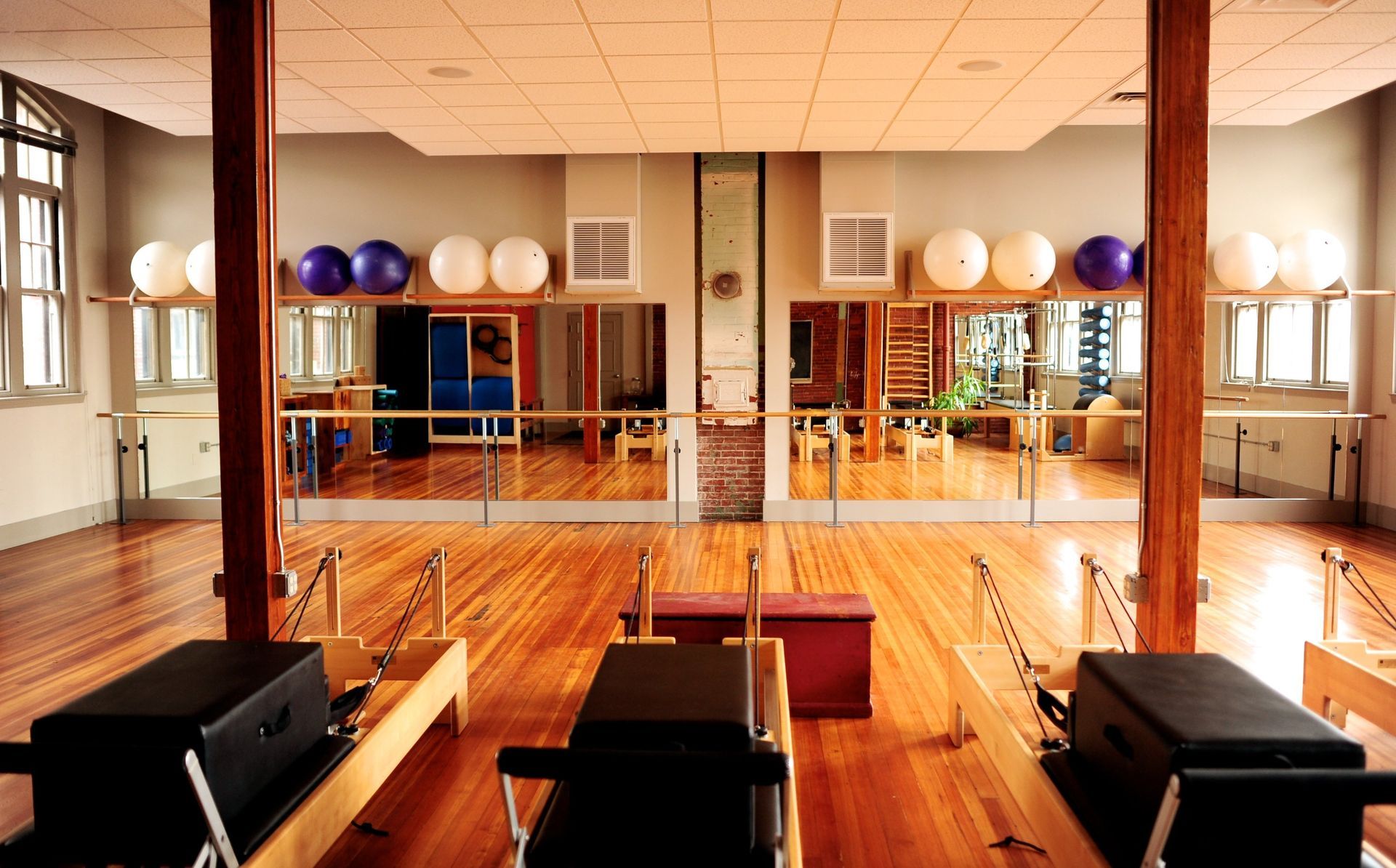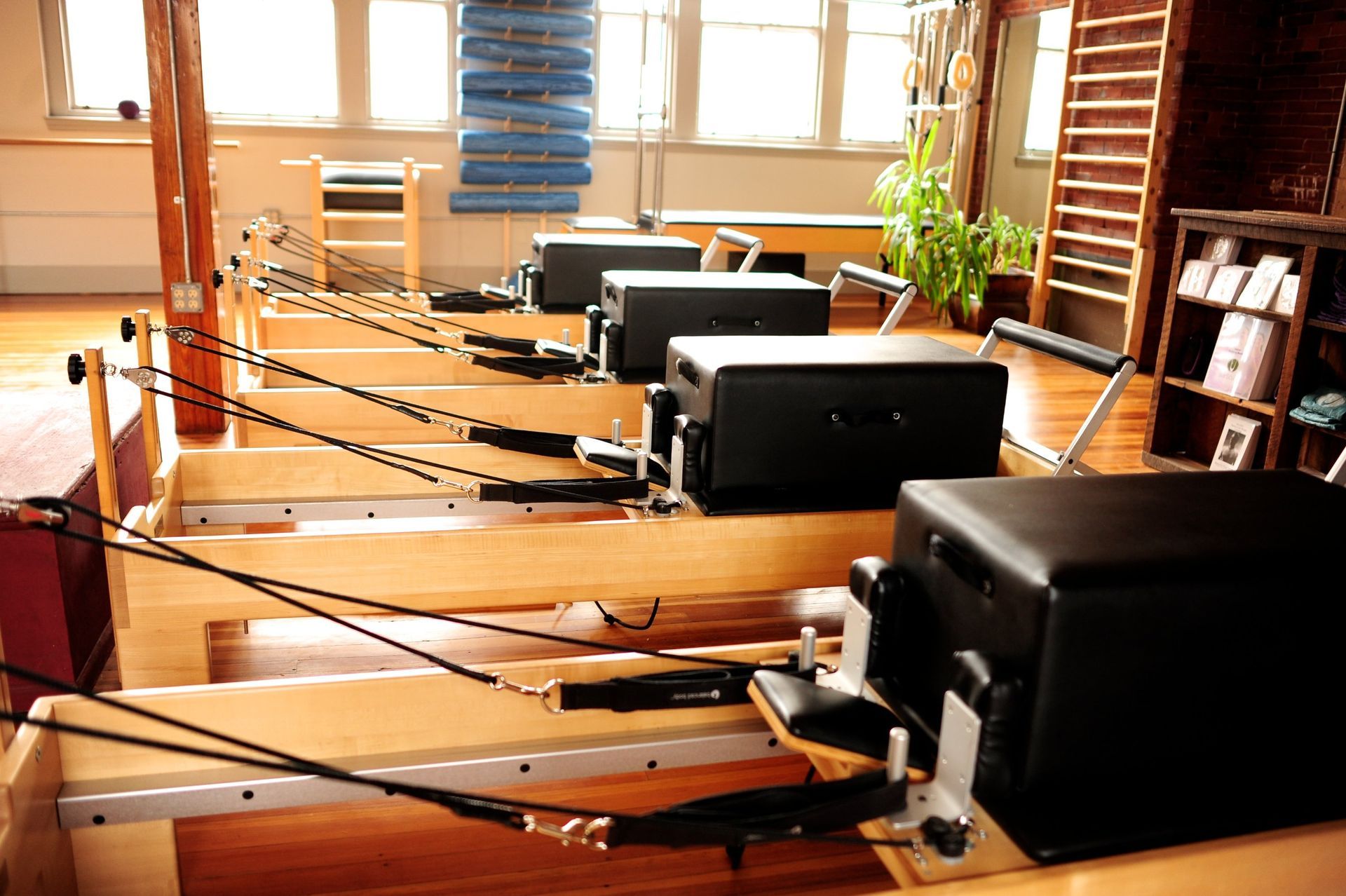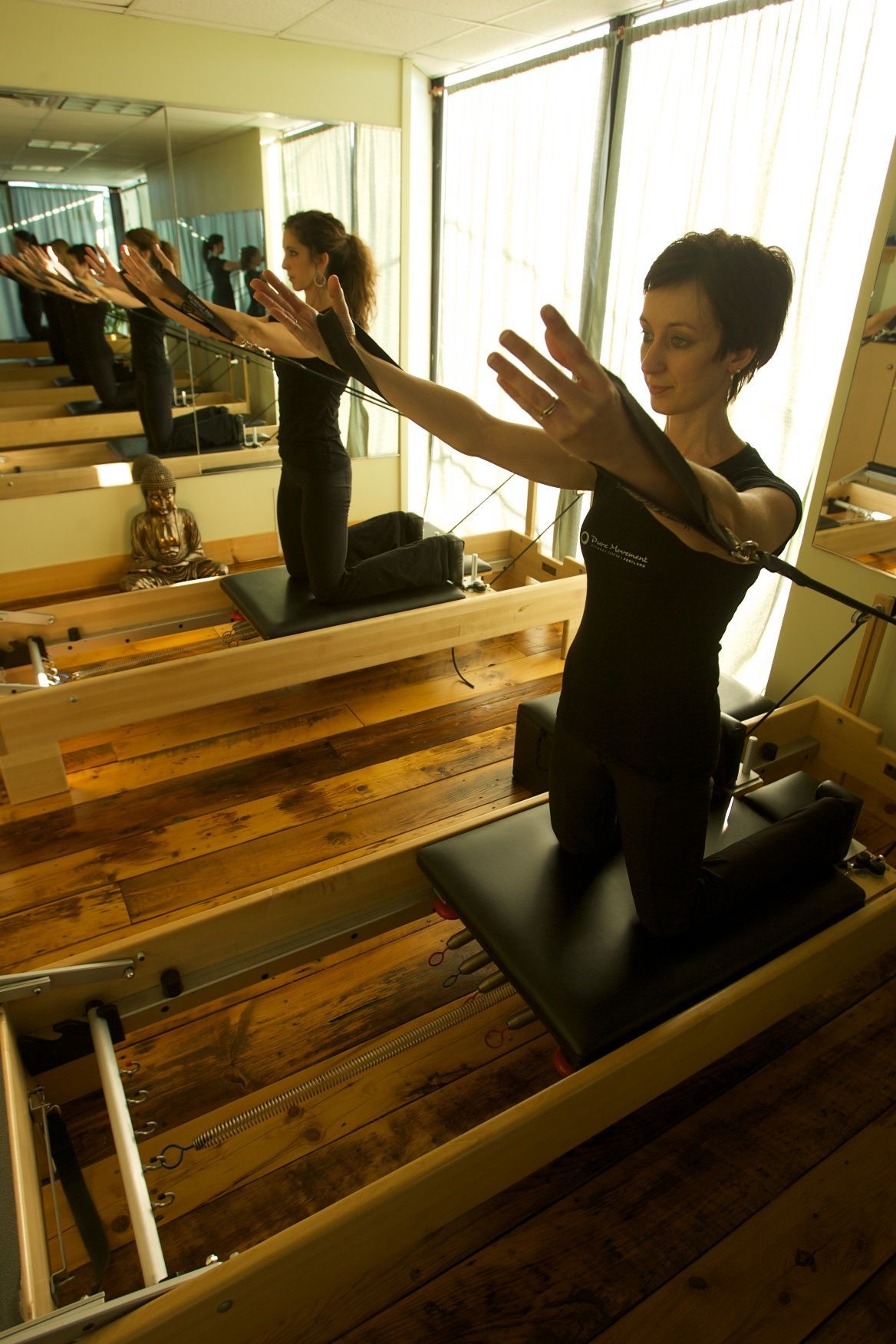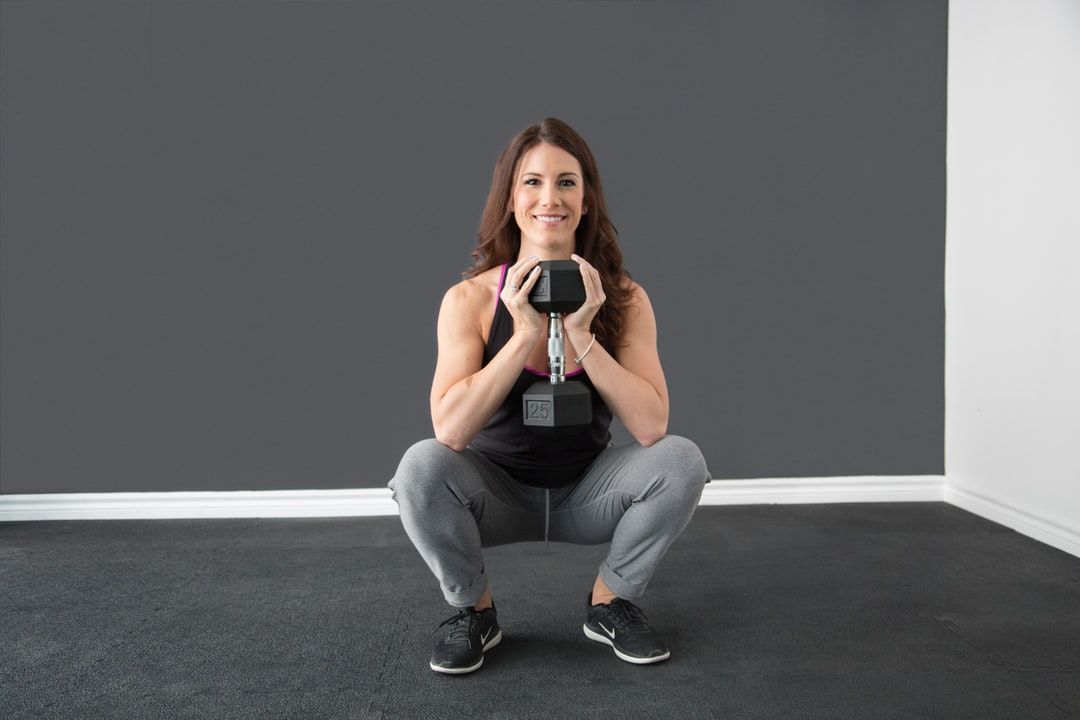How to make money as a Pilates Instructor
This is a subtitle for your new post
On this Pilates Day, we pause to honor the incredible legacy of Joseph Pilates — a visionary whose method of mindful movement continues to change bodies and lives more than 100 years after its inception. If he were here today, he would no doubt be proud that his technique has evolved, expanded, and become a cornerstone of modern wellness.
But in addition to teaching, modern Pilates professionals are looking for more: more income, more freedom, more impact. So how do you make money as a Pilates instructor — not just scraping by, but thriving?
Let’s explore the tried-and-true teaching methods and newer, creative side projects that allow you to grow a sustainable, fulfilling, and profitable Pilates career.
1. Get Grounded in Teaching First — It’s Your Foundation
Before diving into all the add-ons and income streams, it’s crucial to remember that your success starts with being a great teacher. Your classes are your reputation, and your ability to deliver consistent, intelligent, and inspiring movement experiences is what builds everything else.
Make Teaching Profitable:
- Charge your worth — If you’re undercharging for private sessions or group classes, consider your training hours, continuing education, and client results.
- Specialize — Clients pay more for instructors who help them solve specific problems like back pain, osteoporosis, or athletic recovery.
- Teach a mix — Combine private sessions, group classes, and duets or semi-privates to balance income and schedule efficiency.
- Teach virtually — Live Zoom classes or recorded offerings open your reach beyond geographic limitations.
💡 Tip: Track your client retention rate. Keeping existing clients happy is far more profitable than constantly trying to find new ones.
2. Teach Online and On-Demand — Scale Without Burnout
While in-person teaching is intimate and effective, there are only so many hours in a day. Teaching online allows you to scale your reach and reuse your time.
Online Teaching Options:
- Zoom or live virtual classes (real-time connection and feedback)
- On-demand libraries (recorded classes that generate passive income)
- Subscription models (members pay monthly for unlimited access)
- Class packs or rentals (one-time payments for access to specific programs)
3. Create Niche Programming — The Riches Are in the Niches
General fitness is a crowded market. Niche services help you stand out and charge premium prices. When you solve a very specific problem or serve a very specific population, clients seek you out.
Examples of Profitable Niches:
- Pre/Postnatal Pilates
- Pilates for Runners or Dancers
- Older Adult Fitness or Fall Prevention
- Desk Worker Mobility & Posture Programs
- Fitness Fusions for Busy Professionals
You can offer these niches as:
- Mini-series
- Workshops
- Specialty classes
- Downloadable guides
- Corporate wellness programs
💡 Tip: Think about your own story — often your personal journey is your best niche.
4. Write or Create Digital Products
Once you’ve built your expertise, your knowledge is a product. You can repurpose your years of experience into guides, templates, and tools.
Digital Products for Passive Income:
- Ebooks
- Class Planning Templates
- Client Progress Trackers
- Short Courses on cueing, programming, or client psychology
5. Affiliate Income and Product Sales
Another smart way to supplement your income is through products and partnerships — especially when they genuinely support your clients.
Monetizable Ideas:
- Affiliate links to Pilates props or activewear
- Sell grip socks, sliders, or stretch bands directly
- Partner with wellness brands (nutrition, recovery, mobility tools)
- Create your own brand merch — think water bottles, journals, or studio apparel
💡 Tip: Start small. Offer one product you use daily in class and share why it matters.
6. Wellness retreats
Think beyond solo work. You can create destination vacations for YOU and your clients!
Example:
Restore & Reconnect: A Pilates & Wellness Weekend
- Location: A cozy, quiet inn or nature lodge
- Audience: Busy professionals or mothers needing time away
- Focus: Gentle Mat Pilates, meditation, nutritious meals, digital detox
- Extras: Journaling prompts, nature walks, posture clinics
8. Mindset Shift: You’re a Movement Professional, Not “Just a Teacher”
To grow your income as a Pilates instructor, you must treat your work as a profession, not a hobby. This doesn’t mean selling out — it means valuing your time, expertise, and results.
Joseph Pilates didn’t invent his method as a side hustle. He believed in it. He lived it, taught it, and evolved it throughout his lifetime.
You’re not “just” a Pilates teacher. You are a movement expert, a client problem-solver, a coach, and in many cases, a healer. Start acting — and charging — accordingly.
Celebrate Pilates Day by Investing in Yourself
On this special day, take a moment to acknowledge how far the Pilates method — and you — have come. Whether you’re brand new or decades in, you are part of a global community that believes in the power of mindful movement to transform lives.
And in that same spirit, you deserve a career that transforms your life, too.
So teach passionately, serve deeply, and explore the many modern paths to profit. Joseph Pilates would be proud not just of your teaching — but of your ability to thrive while carrying his legacy forward.
Ready to Take the Next Step?
Explore tools, trainings, and business resources for instructors at
BBarSculpt.com
You’ll find:
- Mat & Barre teacher trainings
- Pre-built programs to license or teach
- A community of like-minded instructors growing their craft and their income
Let Pilates fuel your passion — and your profession.


